Top 10 of the Most Exotic Tropical Fruit Images on Earth
Some of these rare, weird looking, exotic tropical fruit can be really difficult to find because they are often only available in tropical areas that we don’t often visit. Here is list of 10 of the most exotic tropical fruit Images you may have never seen, or even heard of. They all have their own unique, weird and unusual shapes, flavors, colors and nutritional benefits.
There are hundreds of different exotic tropical fruit. Some of these you may recognize, some you won’t. They were chosen because they are a bit bazaar looking, but all of them are edible. Most of these exotic fruit fruit will never cross our palates unless we are lucky enough to live in the tropics or visit a lot.
Next time you go on holiday in some tropical paradise, keep an eye out for one of these exotic and delicious fruits and indulge yourself.
1. Buddha’s Hand

You can probably guess how these curious plants got their name. If not, the Buddha’s hand is so-named because it has tendrils coming out of it that look like fingers. Also known as a “fingered citron,” these fruits most likely originate from India and China and smells like a fragrant lemon. You can also infuse spirits with it!
Buddha’s hand looks like a mutated lemon, but you can use it the same way. Break off a “finger” and grate it over baked goods, marinades, or salad dressings for a pinch of zest. The aroma is strong, so remember that a little goes a long way.
2. Pitaya
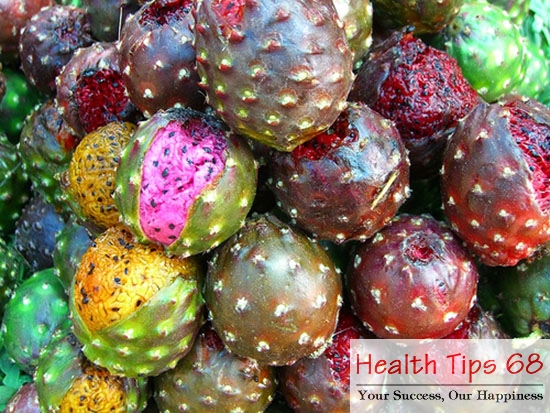
The most beautiful and vibrantly colored fruit, the pitaya is often called Dragon Fruit. It grows on different species of cactus and is native to Mexico, Central America and South America. There are two kinds of pitaya; sweet and sour. Sweet pataya has a creamy pulp and a pleasant smell, while the sour type has a juicier flesh and a stronger taste.
The inside of the fruit can be either white or a bright fluorescent pink. There are clusters of black crunchy seeds in the flesh which should be eaten together with the flesh. The outside of the fruit can be a bright red with green-like projections much like fingers. Some types have a yellow skin with white flesh.
3. Durian
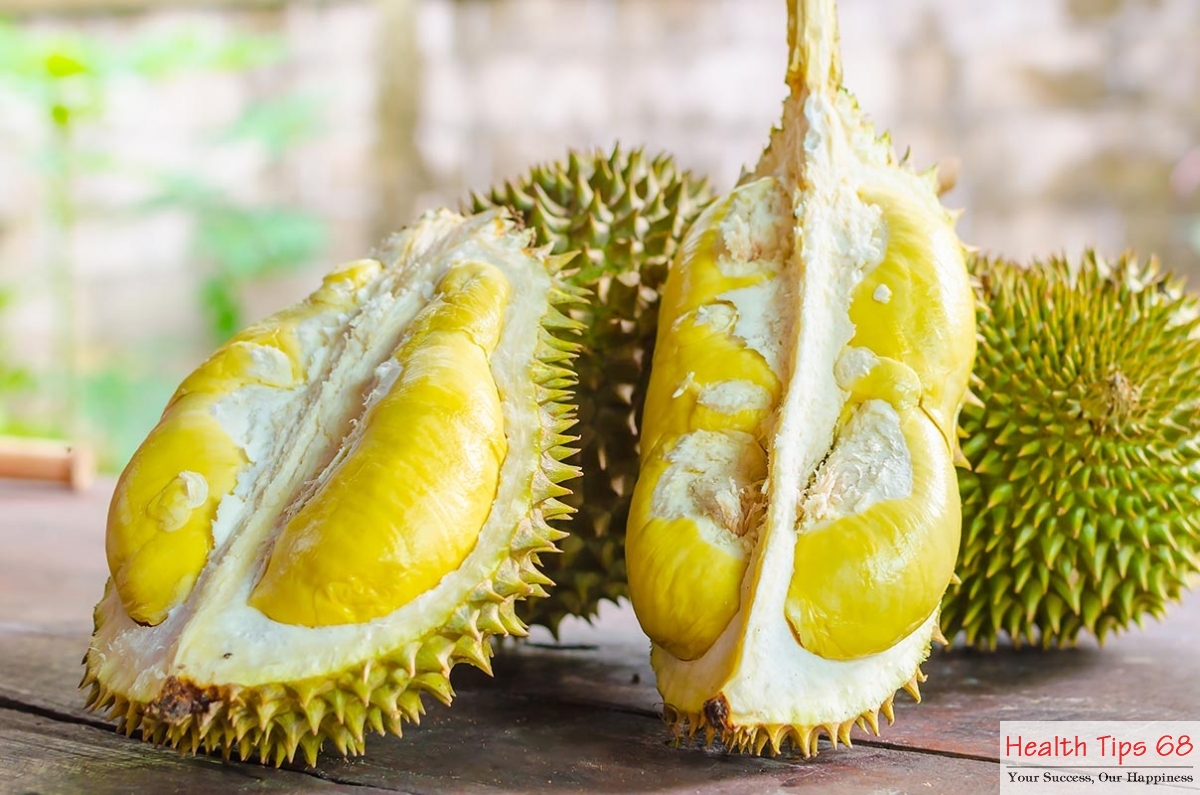
Not much on exotic looks, this fruit has thorns covering its husk and is known as the “king of fruits” in Asia. Chosen for great stories about its smell, the durian is outlawed in some hotels, malls and subways. The odor is very strong and offensive, but some people say it is “of such an excellent taste that it surpasses in flavor all other fruits of the world.” The “king of fruits” is a large oval or round shaped fruit with a green to brown husk and a pale yellow to red flesh.
Inside there are about five sections full of cream-colored pulp, and about three seeds. This pulp is what is indescribable; some say it’s like a rich custard that has the taste of almonds, while others say there is a taste of cream-cheese, onion-sauce, and sherry-wine. Everyone agrees that it gives your breath the aroma that you have been French-kissing your dead grandmother. Enough said
4. Carambola

This fruit is native to the Philippines and is often called the starfruit. It has five ridges running down its side, and when you cut it crosswise, the result is a perfect five-point star. Some of the fruit have three to six ridges, but the cuts still look like stars. All of the fruit is edible including the skin which is a little waxy. The flesh is very juicy, firm, and crunchy. Carambola or starfruit are best when they are ripe.
You will know they are ripe if they are yellow with a light shade of green. Brown will be what you see on the ridges, and it will feel firm. People describe them as being sweet, but not overly sweet, with a little taste of sourness; much like a mix of apple, pear and something in the citrus family. An unripe starfruit will taste like green apples.
5. Noni Fruit

This fruit is in the coffee family and is known for its medical benefits. While ripening, the fruit will have a very strong and unpleasant smell. The noni fruit is oval and grows to be 4-7 centimeters. It has a knobby husk with brown spots in the middle of each knob.
At first, the fruit is green, and then turns yellow the almost white as it gets ripe. The flesh has a bitter taste and contains many seeds which can be eaten if roasted.
6. Rambutan

You wouldn’t know from looking at it, but the fruit of the rambutan is actually a sweet and white oval. The fruit can be easily opened either by cutting into the rind or by making an incision with biting, as the spines themselves do not hurt and are harmless.
From there, the outer rind of the fruit can be peeled off to reveal the soft flesh. Doing this can also release some juice, which is as sweet as the fruit itself.
7. Kiwano

I recently stumbled upon kiwano fruit, also known as kiwano melon, or horned melon. Well, this odd looking fruit goes by many names, and its unusual, spiky appearance immediately caught my attention when I first saw it in a tropical fruit shop I had never been to before.
Even from the outside, the kiwano looks a little odd, and from the inside the fruit is even more confusing. The flesh itself actually tastes a combination of kiwifruit, zucchini and cucumber, which is an odd combination that also seems to be quite appealing.
Eating the fruit is simple, you simply cut it in half and squeeze the green ooze out, or you can eat it with a spoon. The pulp is also good as a garnish, in fruit salads or in drinks.
8. Yangmei
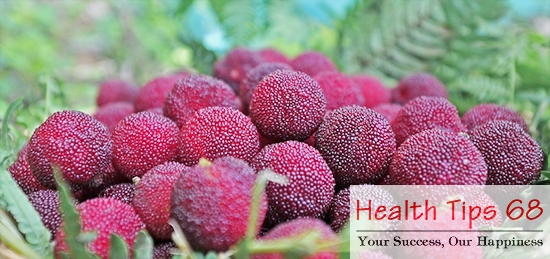
The yangmei fruit is extremely common in China and is frequently eaten raw and used in creating alcoholic drinks. However, it is much less common outside of China, because the fruit is very perishable, making it challenging to transport.
The fruit is small, slightly larger than a cherry, and has a similar taste and texture to a strawberry. Even where the fruit is common it can often be expensive, as it has to be chilled from when it is harvested onwards.
9. Urucu
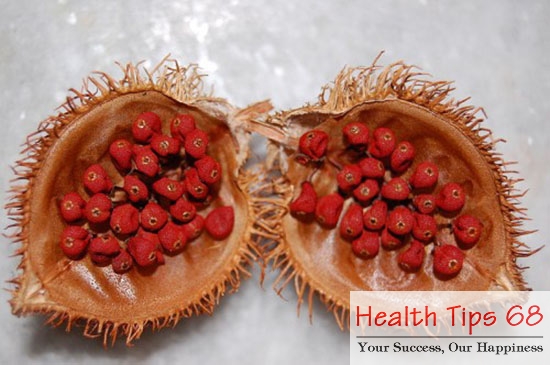
Similar to ackee, urucu pops open when it’s ripe and shows about 50 small red seeds in a red pulp. The pulp is used in India as an insect repellent, but the main use of the seeds is to make a dye. Native people from the Caribbean used the seeds to make body paints.
Today the dye is mainly produced to color foods such as butter, cheeses, and cooking. This is another fruit that has small hairs on its husk. The outside is red and the hair-like structures are greenish-yellow.
10. Ackee
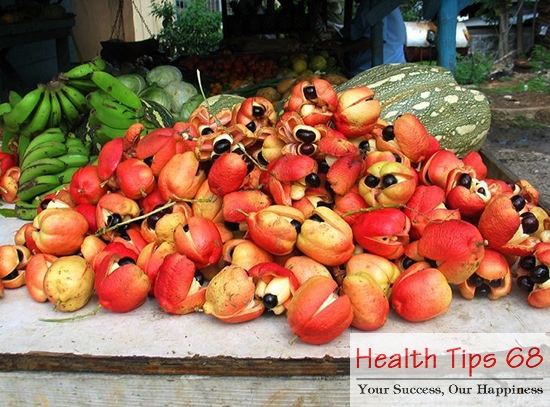
The ackee is another member of the soapberry family, much like the longan and the lychee. It is a tricky fruit to eat, because if it is not eaten properly, the fruit can lead to vomiting, a coma or even death.
The only edible part of the fruit is the yellow flesh that surrounds the seeds. This part can also only be eaten when the fruit has turned red and split open. However, some who have tried the fruit do claim that it is worth the risk.
This fruit is pear-shaped, and when it is ripe, its color turns from green to a bright red to yellow-orange. When it is fully ripe, it splits open and inside you can see three large shiny black seeds that look like eyes staring out at you.
The fleshy part is soft, creamy or spongy, with a white to yellowish color. You cannot eat all the parts of the ackee fruit. The only part you should eat would be the inner, fleshy yellow bits. The red bits in the center of the fruit are extremely poisonous. You should always let the fruit ripen and pop open on the vine, and then be very careful how you prepare it.
________________________________________________________________________________________Đầu tư là gì? Kiến Thức Đầu Tư Chứng Khoán Quan Trọng Nhất Trong Quá Trình Đầu Tư?
Mở tài khoản chứng khoán TechcomBank nhanh chóng, thuận tiện giao dịch, bảo mật tuyệt đối.
Đầu Tư Chứng Khoán Xu Hướng Đầu Tư 2021 Hướng dẫn kiếm tiền từ đầu tư chứng khoán
Khóa Học Đầu Tư Chứng Khoán - Khóa học chứng khoán online (miễn phí) cho người mới bắt



